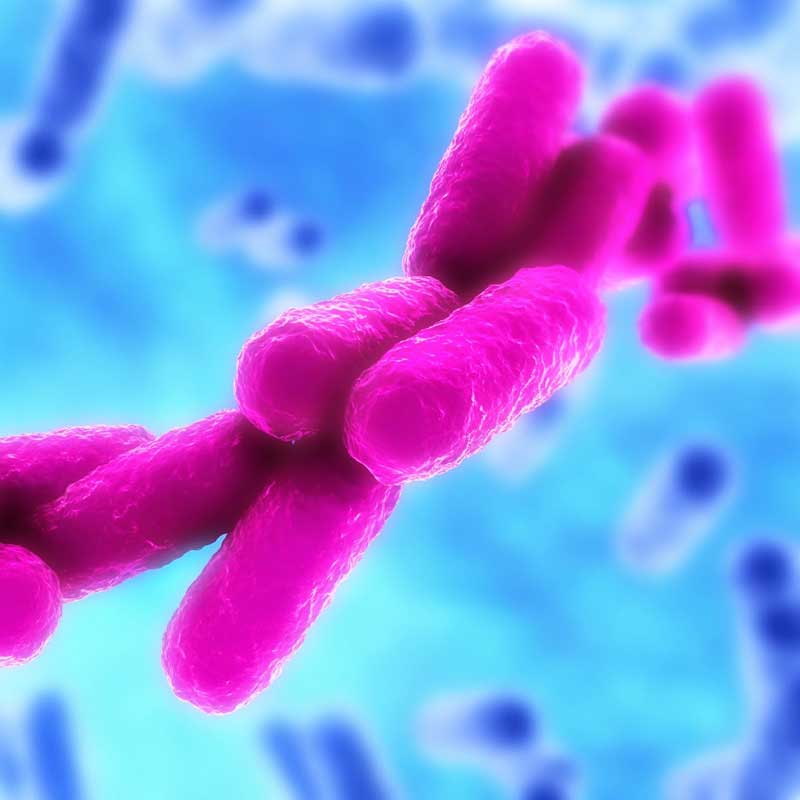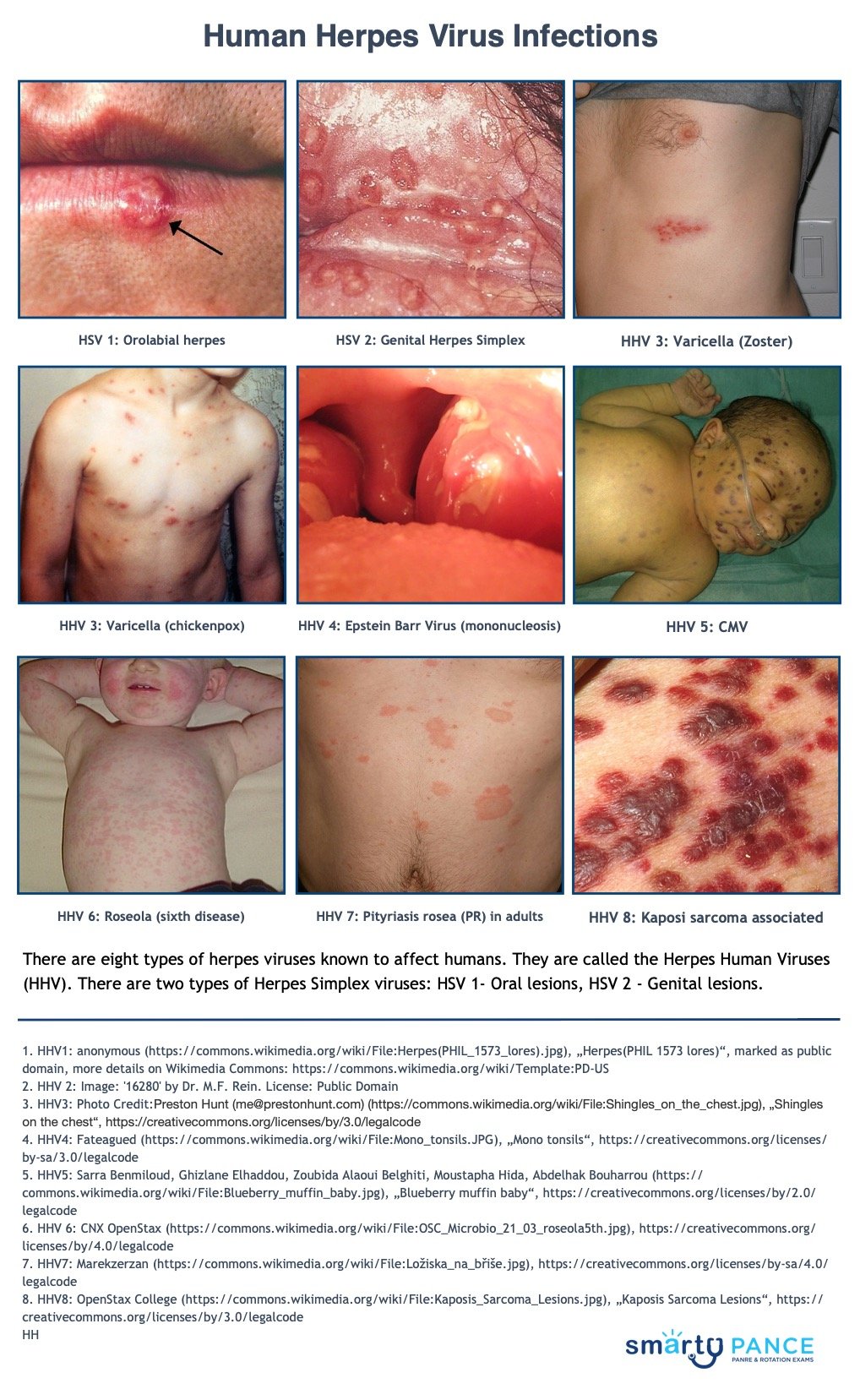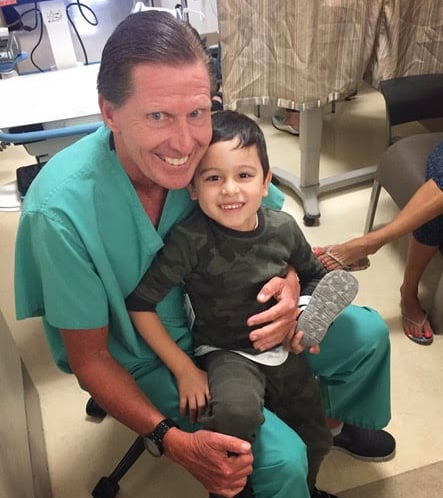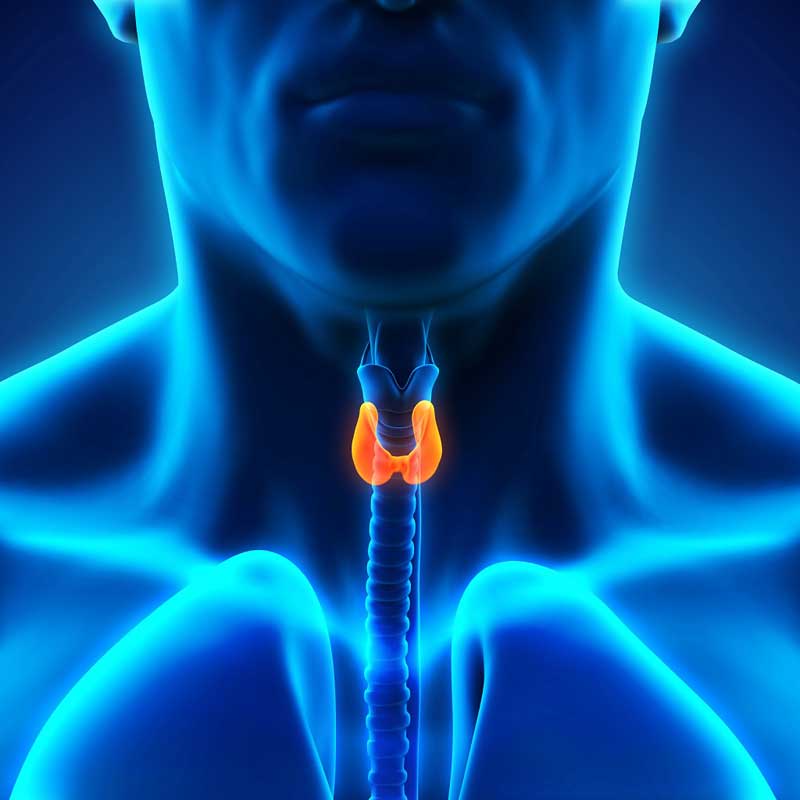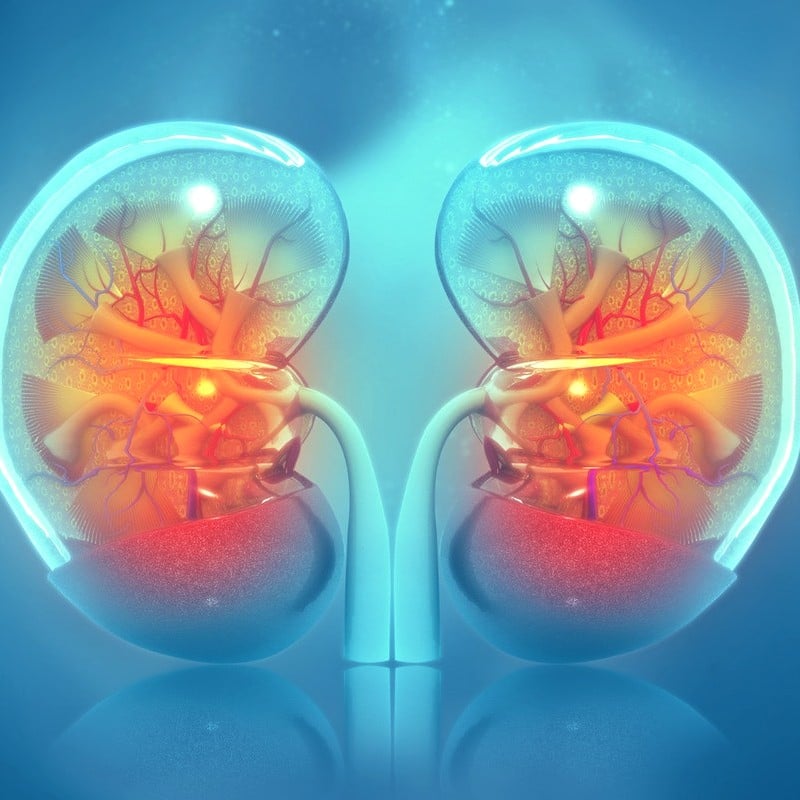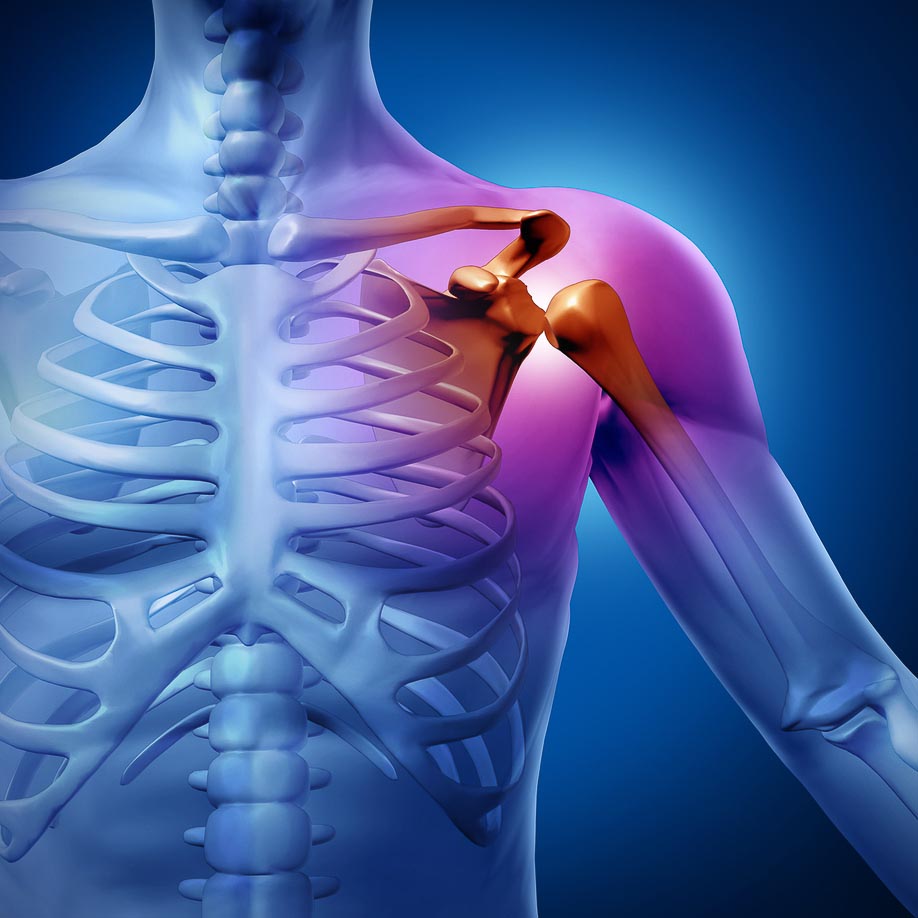Follow Along with the NCCPA™ PANCE and PANRE Infectious Disease Content Blueprint
- 42 PANCE and PANRE Infectious Disease Content Blueprint Lessons (see below)
- Comprehensive Infectious Disease Exam
- Infectious Disease Pearls Flashcards + flashcards integrated into lessons
- 7 Infectious Disease high yield summary tables
- Picmonic™ integrated Blueprint Lessons
- ReelDx™ Integrated Patient Video Content (available to Smarty PANCE ReelDx level subscribers)


